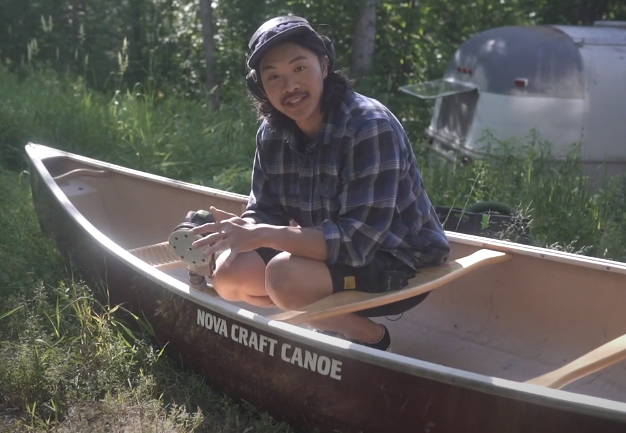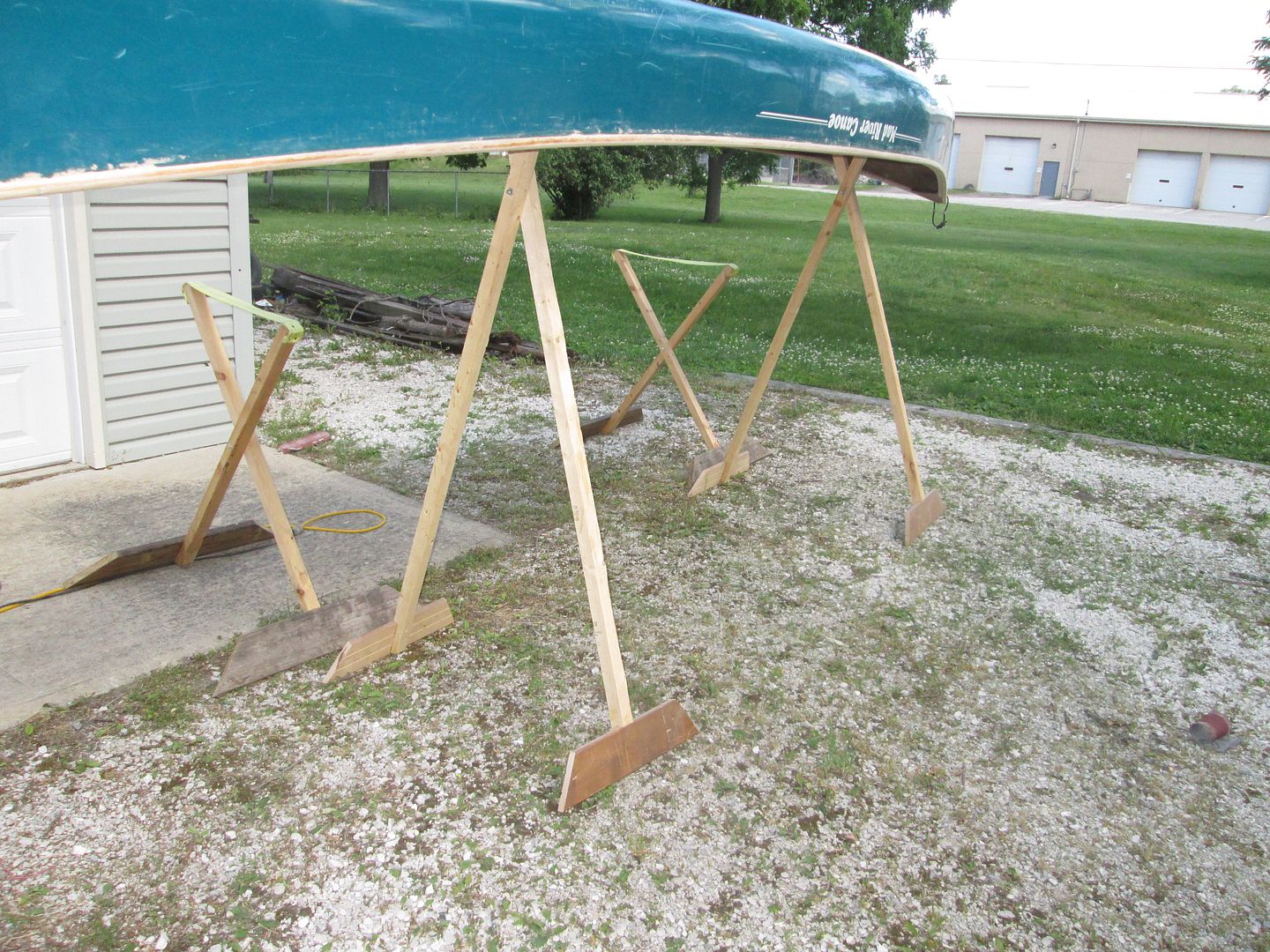Choosing the finish you apply is only part and maybe the least important part of the battle of the gunnels. Storage is more important. But often overlooked is using a rot resistant wood.
Most canoe companies and individual builders choose white ash. You'd be hard pressed to choose a wood more susceptible to rot when it gets wet So why is it used so much? Well, it's abundant (or was before the emerald ash borer), relatively cheap (that's changing, again thanks to the ash borer), and there's no denying it has some of the best mechanical properies for its weight among all the other common north american species.
Sapele, however, is superior to ash in every one of the measured mechanical properties (janka hardness, modulus of elasticity, modulus of rupture, crushing strength), and it weighs slightly less than ash by volume. Importantly, sapele is far more decay/rot resistant than ash. It is also absolutely gorgeous (looks like mahogany) and is very moderately priced -- cheaper in fact than many domestic species. Also it is not endangered.
If sapele isn't available at your local lumber mill/yard, another interesting choice is black walnut. Walnut scores only slightly lower than ash for most physical properties (walnut actually beats ash for crushing strength) and weighs less by volume. And black walnut is far more rot resistant than ash. But definitely more costly than ash. I think there's a superstition in boat building against using black walnut. But I'm not superstitious.
I've done canoes using both sapele and black walnut for gunnels. I don't think I'd ever choose ash.

 www.novacraft.com
www.novacraft.com



